From Tallinn to Kraków, this Baltic road trip hits small towns, capitals, and stunning landscapes.
Part 1: An introduction to the Baltics.
About a year ago, my brother and I started tossing around ideas for a European road trip. Seeking something a bit less traveled, we narrowed it down to two choices: the Baltics or the Balkans. Both were on our bucket list but, after some initial research, we settled on the Baltics. During the planning phase, one of our cousins was intrigued and decided to join us.
After many hours of scrolling, debating, and second-guessing, we finally settled on a plan everyone liked. Balancing everyone’s travel tastes wasn’t exactly a walk in the park. I tend to gravitate towards small towns, wildlife / birding, and off-the beaten path destinations that don’t make the typical travel brochures … and I don’t drink. My fellow travelers were interested in experiencing the capital cities, diving into World War II history, and sampling plenty of local beer. Our preferred itineraries didn’t line up perfectly, but we compromised and came up with an itinerary that each of us was excited about.
We kicked things off in Tallinn, Estonia, where we rented a car and gradually made our way south through Latvia and Lithuania and Poland. It would’ve been interesting to pass through Kaliningrad on the way, but given the current situation with Russia, that wasn’t in the cards. We wrapped up the trip with a sobering visit to Auschwitz, followed by some time in Kraków to reflect and explore.
Over 11 days, we covered 1,360 miles (2,188 km) on this little adventure. For us, that’s a pretty relaxed pace. Each of us has been known to tackle road trip distances that make this one look like a quick run to the grocery store. My cousin, for example, is a card-carrying member of the Iron Butt Association, a group that celebrates extreme distance rides on motorcycles. To join, you have to complete challenges like riding 1,000 miles in 24 hours or crossing the country and back in under 100 hours. Fun? Maybe. But that wasn’t the vibe we were going for on this trip.
In the next four posts, I’ll share some of the highlights of our journey to help you plan your own Baltic adventure. If the Baltics are on your radar, I recommend going sooner rather than later—before the crowds catch on, and it turns into another overrun corner of Europe.
Buckle up. Let’s hit the road.
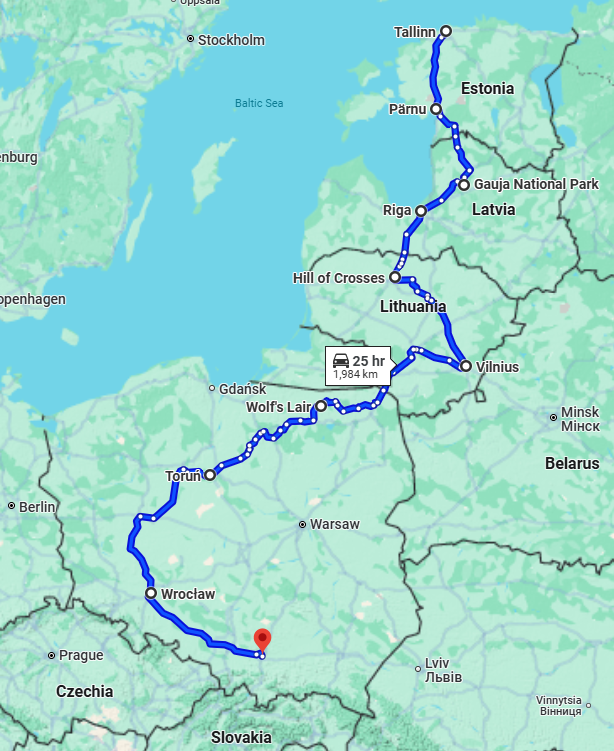
Table of Contents
A quick primer on the Baltics
What exactly are the Baltics?
If geography is not your jam, here’s a quick rundown of the Baltic countries. There are three of them. From north to south, they are Estonia, Latvia, and Lithuania. Need a trick to remember the order? Just go alphabetically from top to bottom. Easy peasy.
They’re called the Baltics because they sit on the eastern side of the Baltic Sea. Simple enough, right? Well, not so fast. If that were the whole story, then countries like Finland, Sweden, Denmark, Germany, and Russia would be part of the group too, but they’re not.
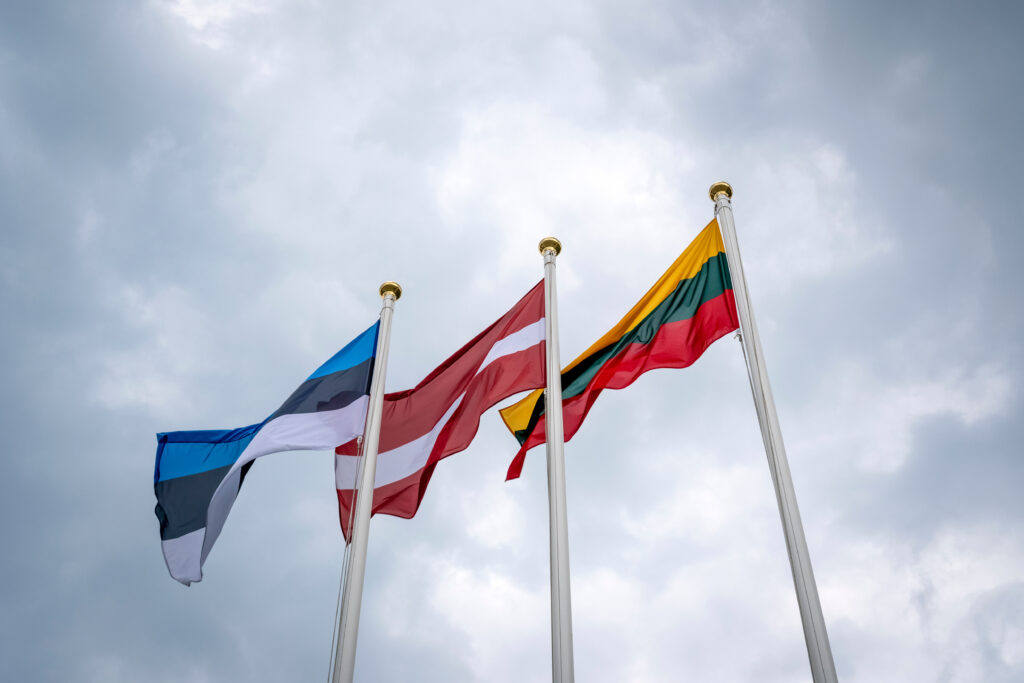
The term “Baltics” refers specifically to the three northern countries on the Baltic Sea that share a unique bond. They all broke free from the Soviet Union. While each of the three countries declared independence on different dates, their independence wasn’t officially recognized by the USSR until September 6, 1991. Together, they share a rich history, strong political connections, and cultural similarities that set them apart from their other Baltic Sea neighbors.
A very brief history of the Baltics
In medieval times, these countries found themselves under the influence of various powers, including the Teutonic Knights, Sweden, and Poland-Lithuania. By the 18th century, their luck didn’t improve much, as they were annexed by the Russian Empire. After World War I, they managed to declare independence, only to face new struggles during World War II. First, the Soviet Union occupied them. Then Nazi Germany stopped by briefly before the Soviets returned.
After the war, things didn’t get any easier. The Baltic states were forcibly absorbed into the USSR, igniting decades of resistance. It wasn’t just quiet grumbling either. These were determined efforts to preserve their identities and cultures.
Fast forward to the late 20th century, and we get to the “Singing Revolution.” It sounds peaceful, and it was. Through protests and demonstrations (think less shouting, more heartfelt singing), they pushed for freedom.
On August 23, 1989, something extraordinary happened. About 2 million people from Estonia, Latvia, and Lithuania joined hands to create a human chain stretching 419 miles (675 kilometers). Yes, you read that right. Millions of people, holding hands, forming a continuous line that connected their capitals. It was their way of standing together and saying, “We want our independence. Enough is enough”. The Baltic Way, as it’s now known, wasn’t loud or violent. It didn’t need to be. The sheer scale of it was enough to grab international headlines and turn global attention to their fight for independence. It became one of the defining moments of their journey to self-rule, a symbol of resilience and solidarity that still resonates today. Their persistence paid off in 1991, when the three countries regained independence after the Soviet Union collapsed.

Since then, Lithuania, Latvia, and Estonia have made big moves. They joined NATO and the European Union, solidifying ties with the West. But don’t worry, they’ve kept their unique cultures intact. Whether it’s language, history, or spirit, these three countries continue to stand out in their own ways.
In a nod to the past, today you can find huge singing festivals that are held periodically in each of the Baltic countries. A singing festival is held every five years in Estonia and Latvia, and every four years in Lithuania. These events can feature over 30,000 singers and dancers (mostly children), not including the 70,000 visitors. If you can time your visit right, it would be well worth attending to watch as these traditional songs and dances are passed down from generation to generation.
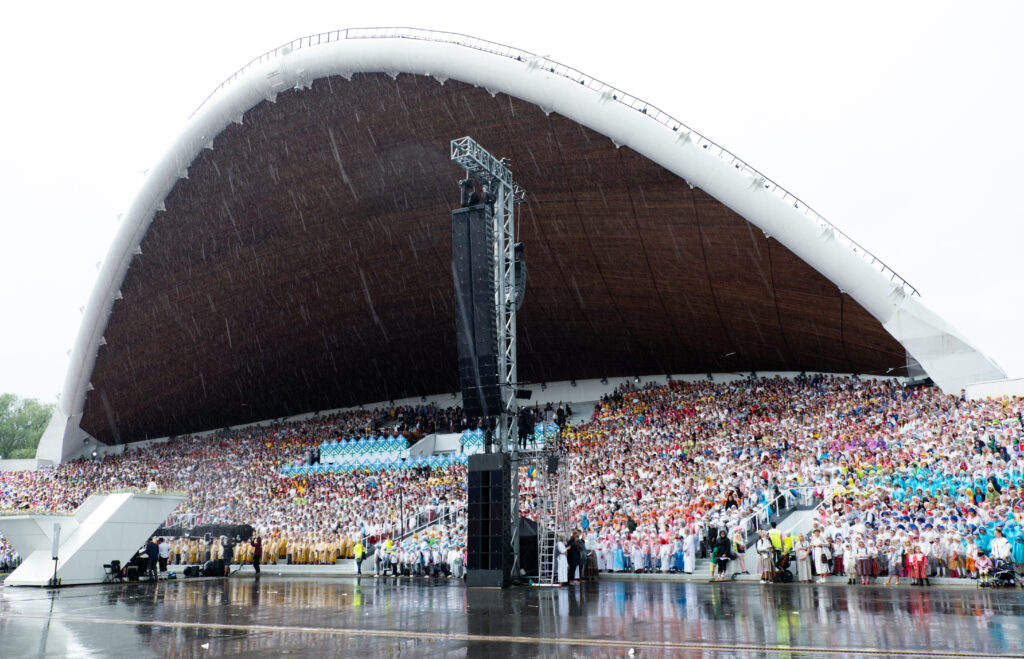
Do the Baltic countries speak similar languages?
That would be a no. Estonia, Latvia, and Lithuania might be neighbors, but their languages are completely different. The Lithuanian and Latvian languages have some similarities, but the differences are large enough to make them mutually unintelligible. As for Estonian, that language belongs to the Finno-Ugric language family. It’s like a long-lost cousin of Finnish and, to a much lesser extent, Hungarian. If people from Estonia, Latvia, and Lithuania want to speak to each other, they usually have to rely on English or Russian. That’s probably what you’ll be doing too. Need proof? Let’s look at a simple example.
| Hello | Thank You | |
| Estonian | Tere | Aitäh |
| Latvian | Sveiki | Paldies |
| Lithuanian | Labas | Ačiū |
Still not convinced? Here’s how you say “It’s going to be difficult to speak the local language during your trip” in each of the three languages.
- Estonian: “Kohalikus keeles rääkimine saab teie reisi ajal olema keeruline.”
- Latvian: “Būs grūti runāt vietējā valodā jūsu ceļojuma laikā.”
- Lithuanian: “Kelionės metu bus sunku kalbėti vietine kalba.”
As you can see, you probably won’t be picking up the language over the course of a long weekend. Luckily, most places we visited were fine with English, though I did have to whip out Google Translate a few times and share my screen to make myself understood. It wasn’t exactly smooth, but it got the job done. Having said that, I was flattered that most of my interactions started with the other person speaking Estonian, Latvian, or Lithuanian to me. Given my Finnish roots (I’m half Finnish, half Irish), I blend in … until I start flailing in my response.
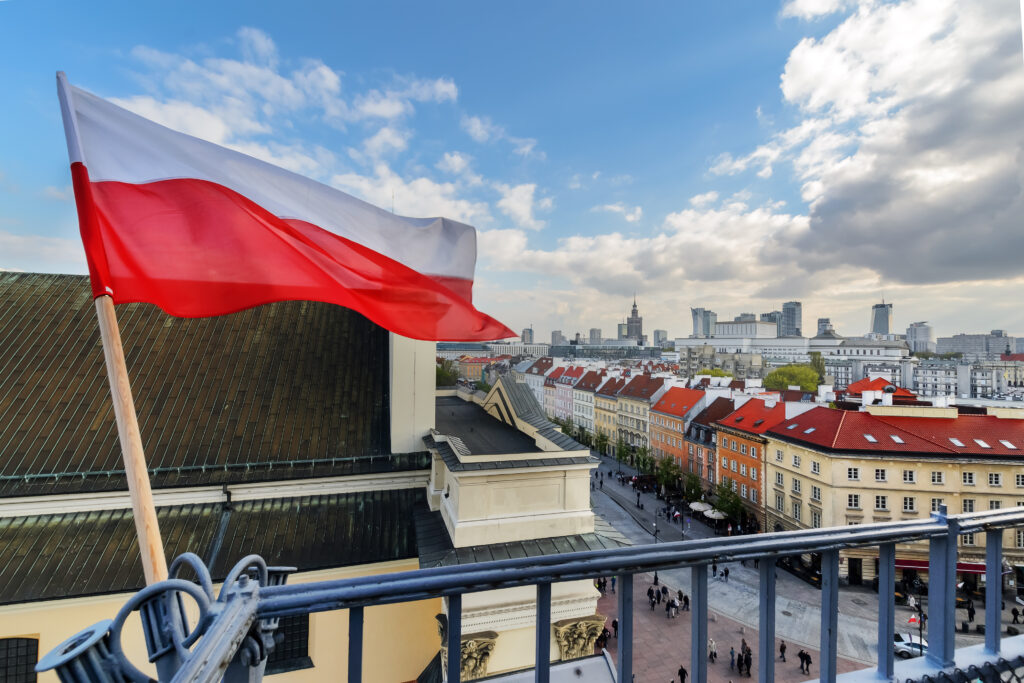
What about Poland?
While this post focuses on the Baltics, our trip ended in Poland, so I’d be remiss if I didn’t give a quick introduction that that amazing country too.
Poland’s story is one of grit and change, starting way back in 966 AD when Mieszko I established it as a kingdom. Over the years, Poland grew into a major power, particularly shining during the 16th century as part of the Polish-Lithuanian Commonwealth, one of Europe’s biggest and most diverse states. But things weren’t smooth sailing. The country endured divisions, invasions, and even got completely carved up by its neighbors in the late 1700s. The 20th century didn’t cut it any slack either, with World War II’s destruction, Nazi occupation, and decades under Soviet-imposed communism. Yet, Poland bounced back. By 1989, it reclaimed its independence, embraced democracy, and took its place in the European Union in 2004.
The Polish language, or polski, comes from the West Slavic branch of the Indo-European family. It’s a close cousin to Czech and Slovak, recognized for its rich sounds and tricky grammar rules. Through centuries of foreign rule, the language became a symbol of unity and resistance. Today, more than 40 million people in Poland and Polish communities around the world speak it, making it one of the most widely spoken Slavic tongues. The depth of the language is mirrored in its literature, with iconic authors like Wisława Szymborska and Olga Tokarczuk, both Nobel Prize winners, showcasing Poland’s cultural treasures.
Polish culture has deep roots in its Catholic faith, its history of overcoming adversity, and its artistic contributions. Pope John Paul II (born Karol Józef Wojtyła), widely considered to be one of the “best” Popes in modern history, was from Poland. Holidays like Christmas and Easter are huge, filled with family traditions, hearty dishes like pierogi, and lots of laughter. Poland has given the world musical genius through Frédéric Chopin and scientific breakthroughs with Marie Curie. Folk art, regional dances, and crafts like Wycinanki (intricate paper-cut designs) reflect its colorful heritage. These traditions stand alongside modern innovations in art, theater, and culture, proving that Poland knows how to keep its past alive while embracing the future.
Ok, enough history. Let’s start talking travel.
Travel logistics for cross border travel in the Baltics
Finding a one-way car rental from Estonia to Poland
One of the first challenges you’ll face when planning your road trip is finding a car rental company that will let you do a one-way rental at a reasonable price. Our initial itinerary involved dropping our rental car off at Warsaw airport and then picking up another rental car from Warsaw to Krakow. That transaction would’ve saved us several hundred dollars. It’s a bit of a hassle to change cars in the middle of your trip, but it can shave off a good chunk of change.
In the end, we decided it wasn’t worth the extra time to drop off and pick up in Warsaw, given that we were hoping to avoid the city. Nothing against Warsaw (population just under 2 million people), but I’m not much for big cities, particularly when driving. We settled on a one-way car rental with SIXT Rent A Car. It was my first experience renting from that company, and we had no issues.
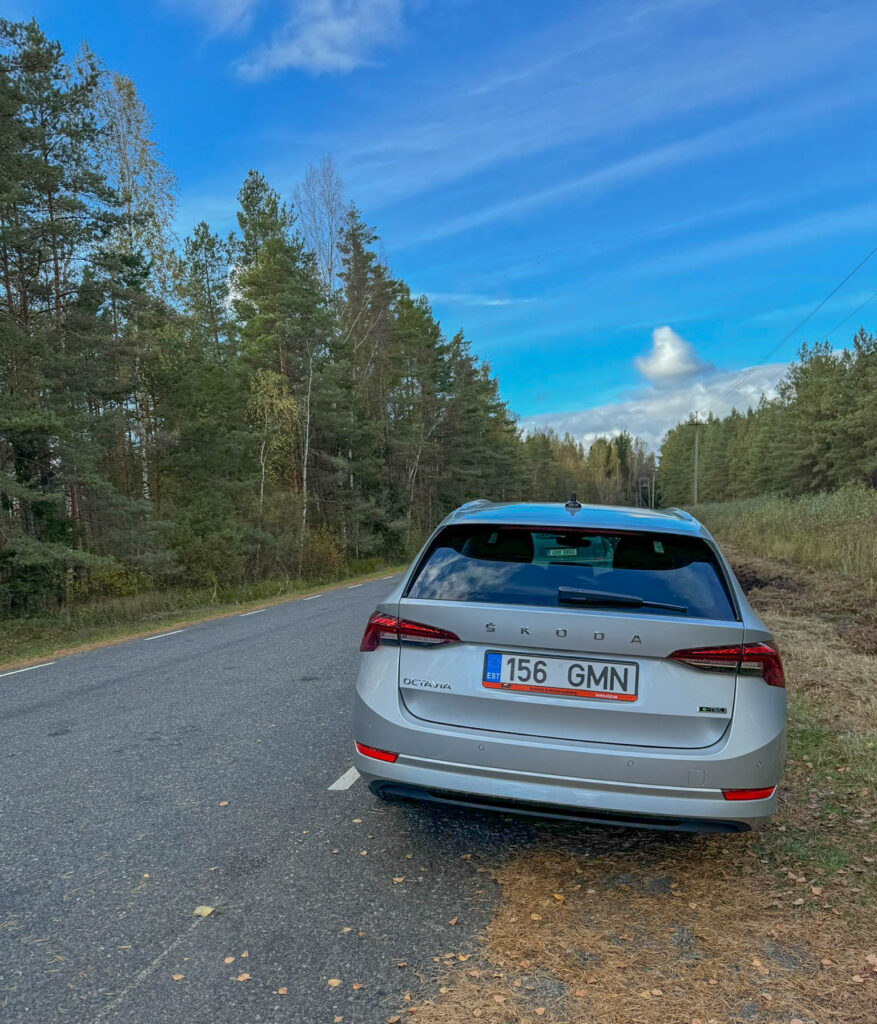
Border crossings
Border crossings in the Baltics were a piece of cake. There were no border checks during our visit. You may need to slow down, but other than that, you’ll just see signage indicating that you’ve entered Latvia, Lithuania, or Poland. The road signs will of course change to reflect the local language, just in case you are zoning out while driving across the border. Although border checks are unlikely, it’s good to have your passport or ID card handy in case of spot checks or emergencies, along with your vehicle registration and proof of insurance. But we never needed to show anything during the entire trip.
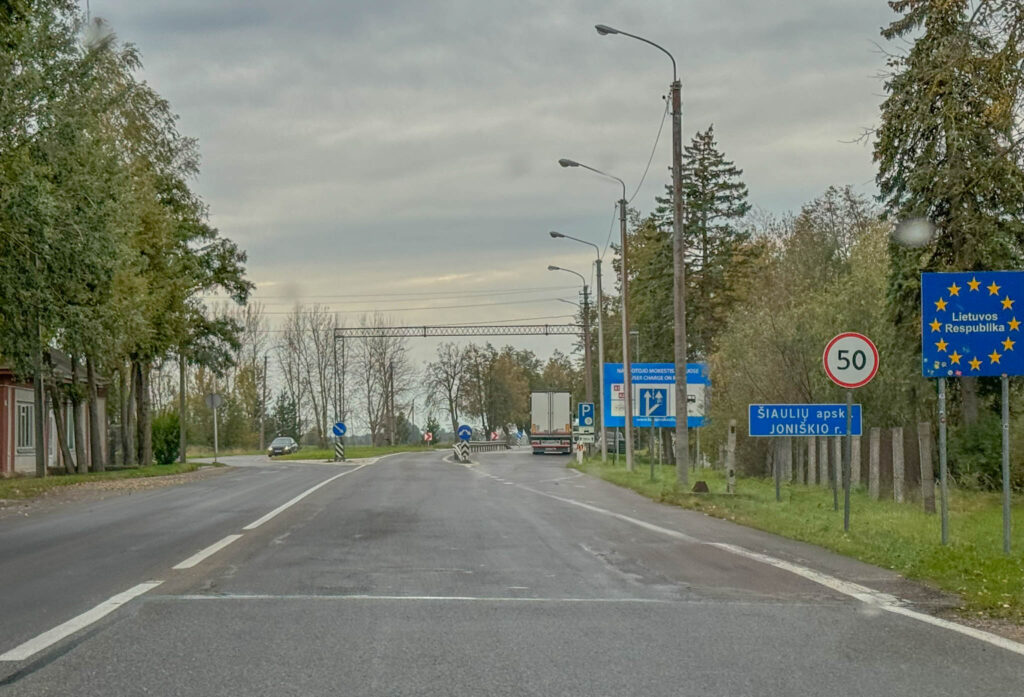
Local Currencies
Currency is also easy in the Baltics. Each of the three countries uses the Euro (€). Poland, on the other hand, uses the Polish Zloty (PLN).
In Closing
After that quick intro to the Baltics, the next four posts will break down what it’s like cruising through Estonia, Latvia, Lithuania, and Poland. I’ll also share some of our favorite stops and experiences along the way. We’ll kick things off with Estonia since that’s where the journey began.
Thought for the Week
As the calendar flips to a new year, many of us dive into resolutions, hoping to grow, reset, or chase our goals. Maybe you’re starting fresh, or maybe you’re just trying to keep the train on the tracks. Either way, moving forward takes grit, and a little bravery too.
This week’s thought highlights a quote often attributed to Buddha, though it doesn’t appear in Buddhist texts. Regardless of its origin, the message resonates as we dive into our goals and plans for a new year. The anonymous quote reminds us there are two big traps to watch out for: stalling before you even start and throwing in the towel too soon. The remedy? Take that first step, even if it feels wobbly, and keep going, even when you hit bumps along the way.
“There are only two mistakes one can make along the road to truth; not going all the way, and not starting.”
— Anonymous (attributed to Buddha, but is likely paraphrasing Buddhist philosophy, as the quote is not directly found in any canonical Buddhist texts)
Thanks for reading and happy travels!

Mark (The New Mexico Travel Guy)
Mark Aspelin, The New Mexico Travel Guy (www.newmexicotravelguy.com), is a travel writer and author of two books who has enjoyed a wide variety of adventures in his travels to over 100 countries and all 50 U.S. States. His current project involves visiting EVERY town in his home state of New Mexico (there’s over 500 towns) and writing a story about each one. When not traveling, Mark lives as a recluse in the mountains outside of Albuquerque, New Mexico.
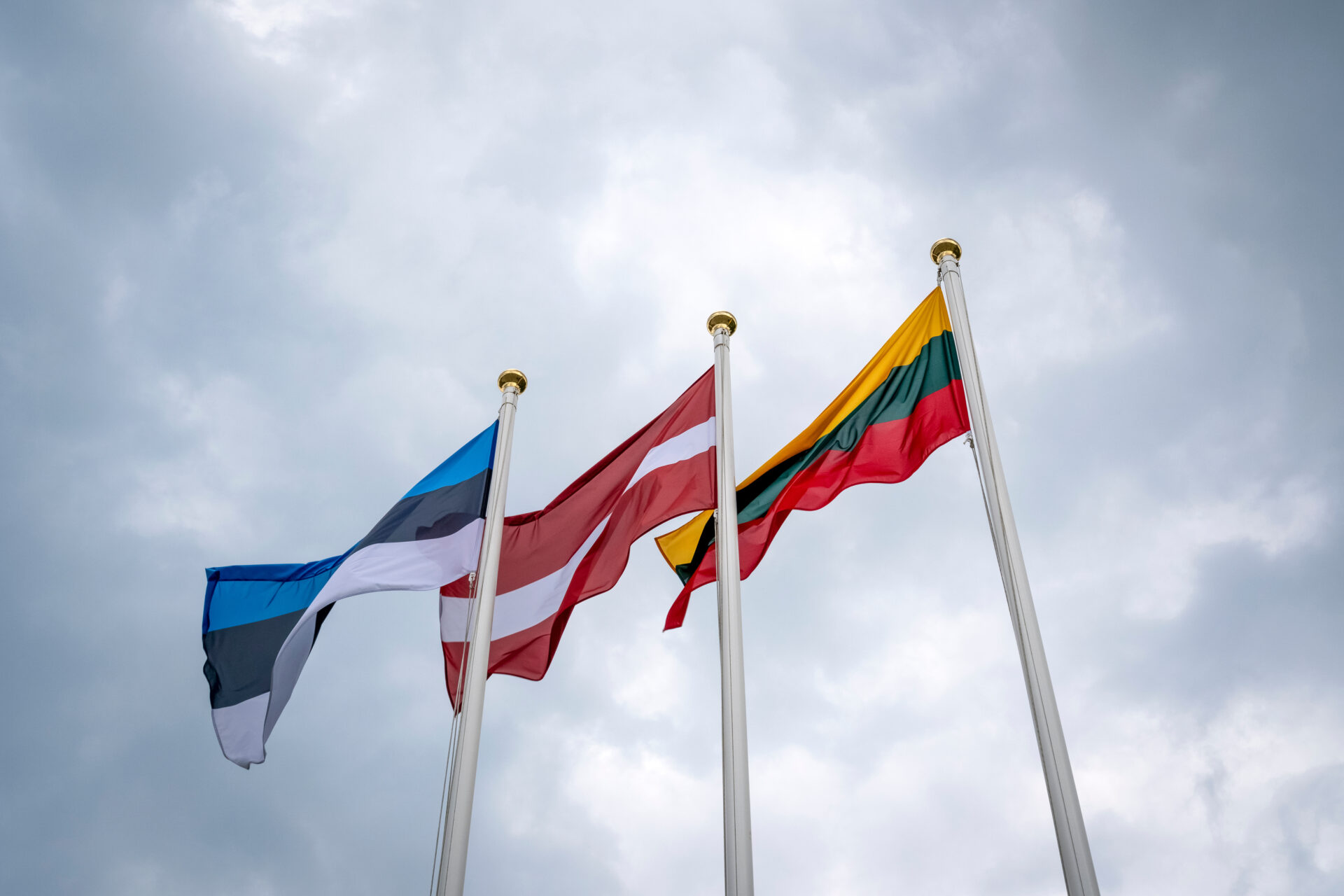
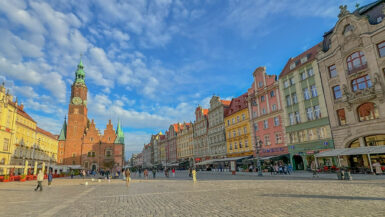
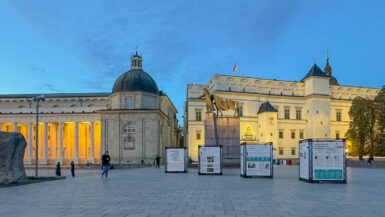
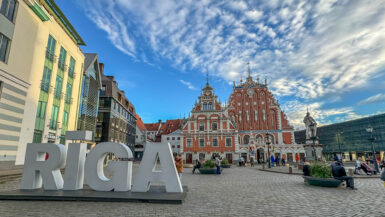
Enjoyed reading your blogs you really capture the feeling of each country hope to hit those countries also.
Thank you Kai! It’s well worth a visit. Happy travels!